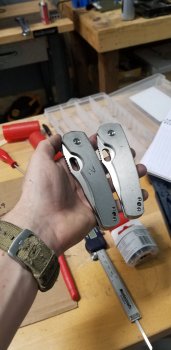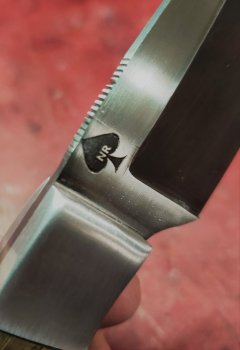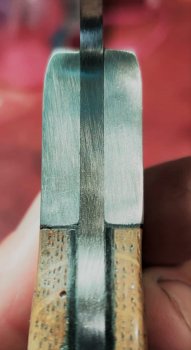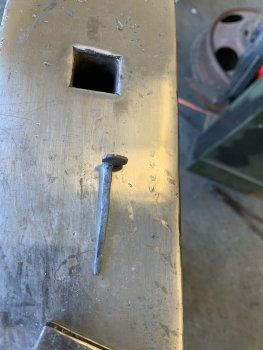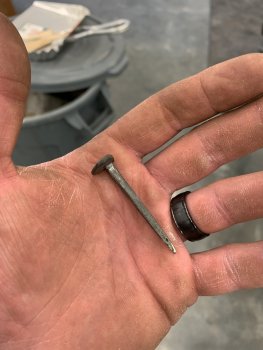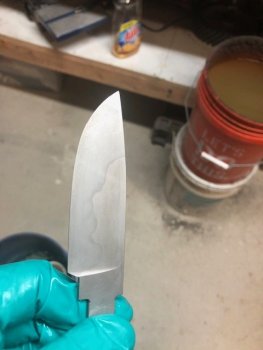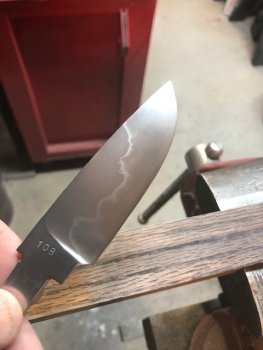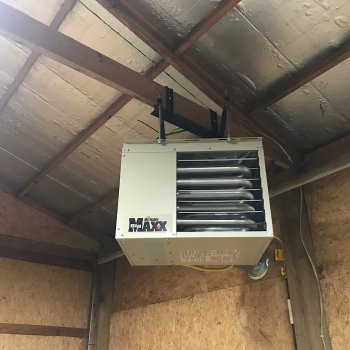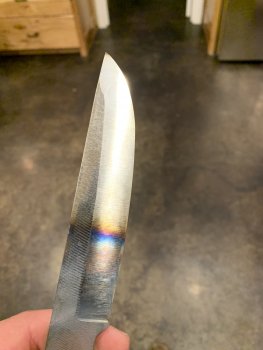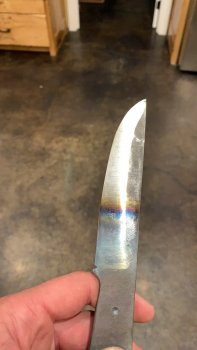Gene Kimmi
KNIFE MAKER
I decided to spend this weekend trying a new damascus pattern, the feather pattern. I started with a 17 layer billet.
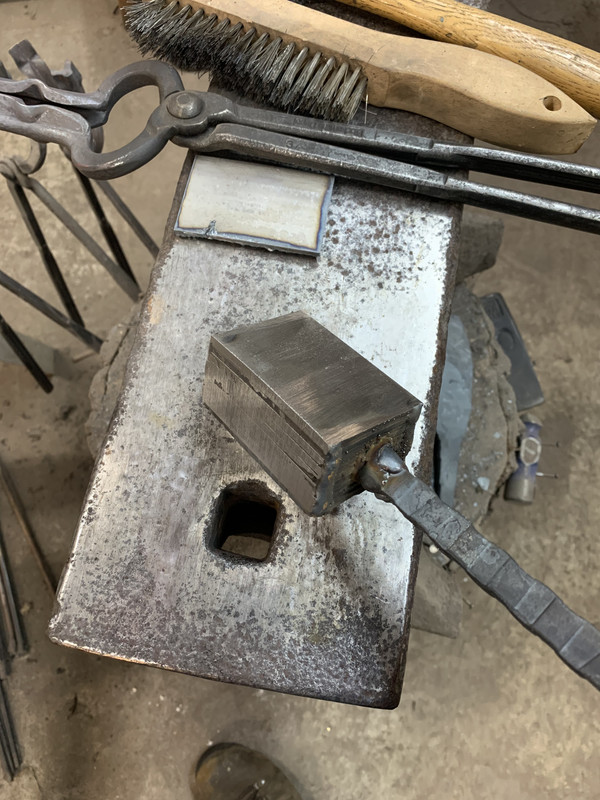
Once I started forging, I figured I would try to make crushed w's to make the feather pattern out of. I've never made either pattern, so there was a lot of trial and error. Definitely learned some things and would do a couple steps different next time. The crushed w's came out pretty good.
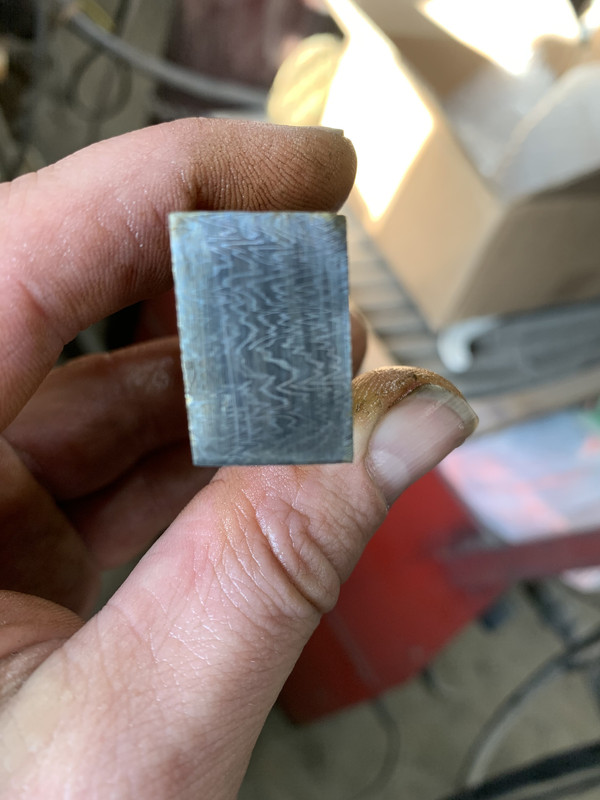

When stacking and forge welding the last time, I almost lost everything, but was able to put it back together and finish.
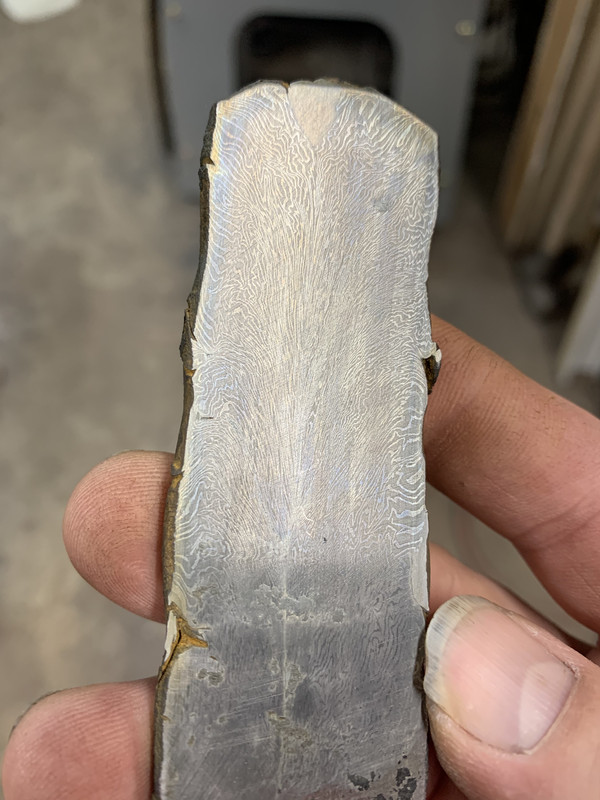
Here's the blade forged from the billet. It's not perfect, but I'm satisfied with it for my first time with this pattern.
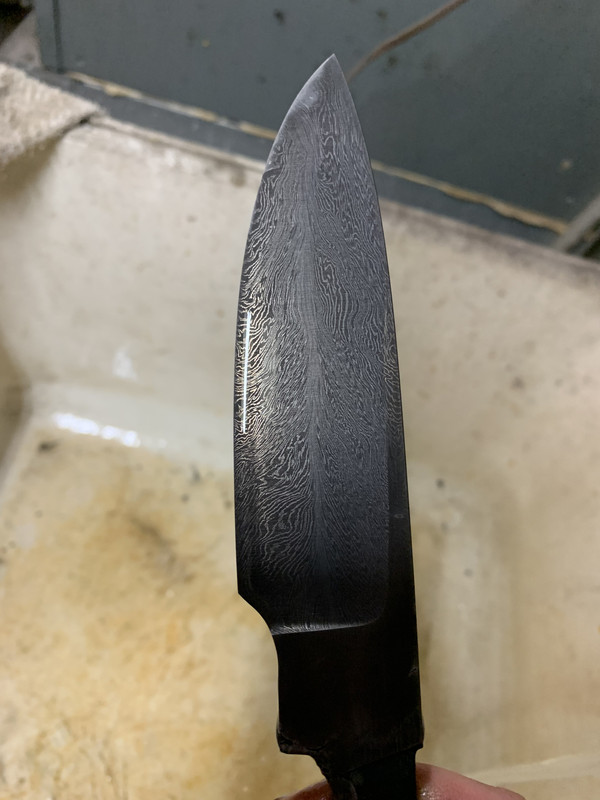


Once I started forging, I figured I would try to make crushed w's to make the feather pattern out of. I've never made either pattern, so there was a lot of trial and error. Definitely learned some things and would do a couple steps different next time. The crushed w's came out pretty good.


When stacking and forge welding the last time, I almost lost everything, but was able to put it back together and finish.

Here's the blade forged from the billet. It's not perfect, but I'm satisfied with it for my first time with this pattern.



